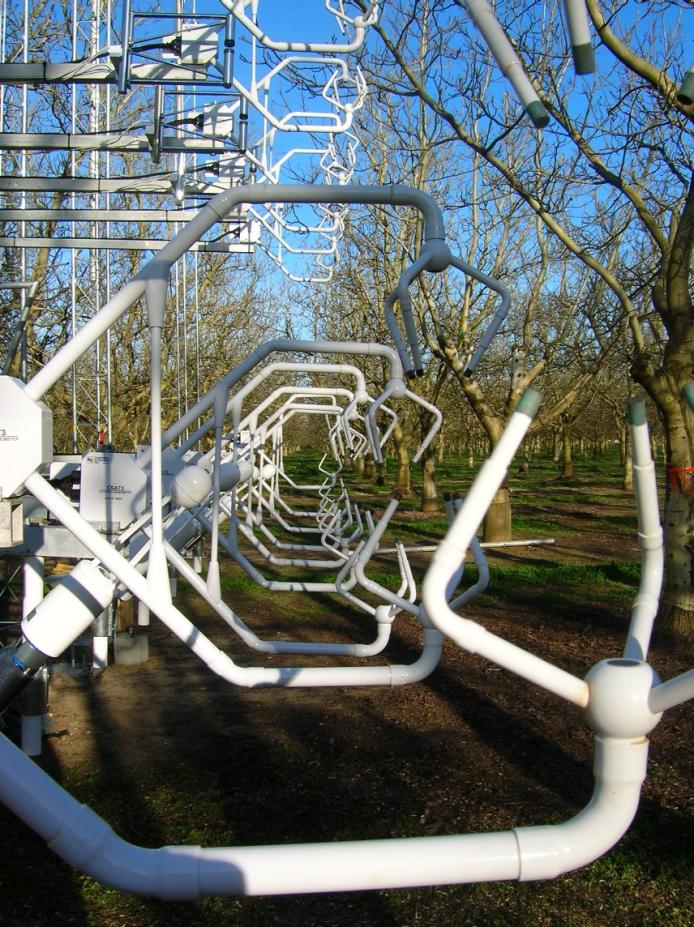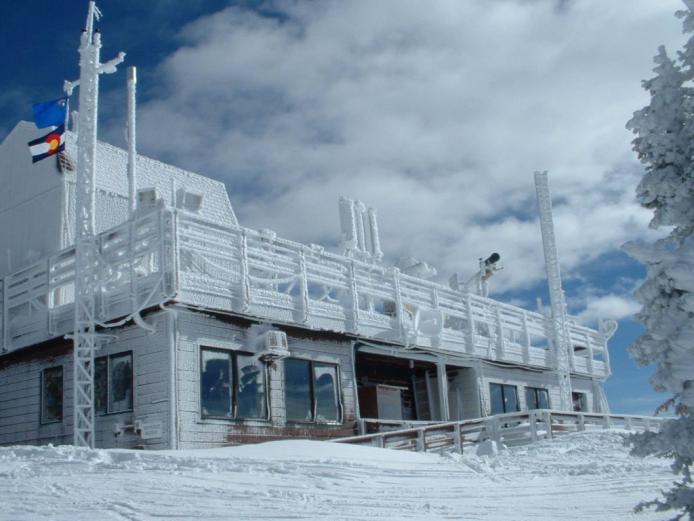
Lower Atmosphere Observing Facilities (LAOF)
Through its Atmospheric and Geospace Sciences (AGS) Section, the NSF provides funding for the acquisition, operation, maintenance, and upgrading of several large research platforms and instrumentation to support observational meteorology. AGS supports state-of-the-art instruments and facilities through the Facilities for Atmospheric Research and Education (FARE) Program, including the Lower Atmosphere Observing Facilities (LAOF) and the Community Instruments and Facilities (CIF). Current instrumentation and facilities are available for request under the NSF Facility and Instrumentation Request Process (FIRP) solicitation.
EOL, together with the University of Wyoming (UWyo), maintains and operates the suite of LAOF on behalf of the NSF.

Community Instruments and Facilities (CIF)
Please contact individual CIF providers to request their facilities.
In Situ Observations (Airborne Instruments)
Remote Sensing Suites
- UAH Mobile Atmospheric Profiling Network (MAPnet)
- UWi-Madison SSEC Portable Atmospheric Research Center (SPARC)
Radars
- CSU Sea-Going and Land Deployable Polarimetric Radar (SEA-POL)
- UAH Flexible Array of Radars and Mesonets (FARM)
- OU Rapid Scan X-band Polarimetric Radar
Laboratories